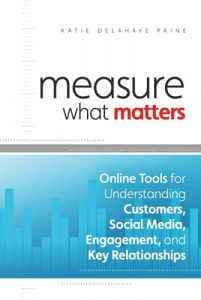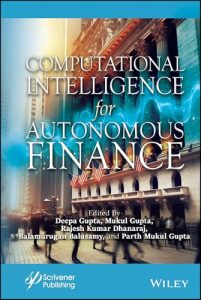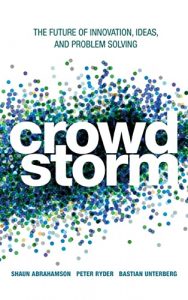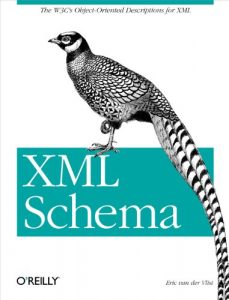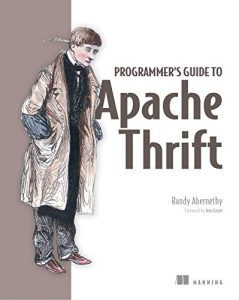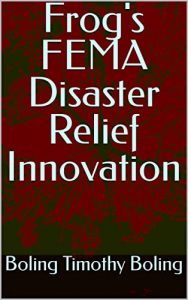Essential Reads for Understanding Central Banking and Financial Stability
In today’s financial world, understanding central banking is more important than ever. From monetary policy to financial stability, the influence of central banks resonates throughout economies globally. Here are some must-read books that provide in-depth insights into the intricacies of central banking.
Central Banking: Theory and Practice in Sustaining Monetary and Financial Stability
Authored by Thammarak Moenjak, this book dives deep into the theory and practices that underlie the success of central banks in maintaining monetary and financial stability. With a comprehensive approach, it discusses critical topics such as monetary policy formulation and challenges faced by central banks during financial crises. It is an essential resource for economists and financial professionals looking to grasp the complexities of central banking in today’s globalized economy.

Banking on the Future: The Fall and Rise of Central Banking
Howard Davies and David W. Green present a riveting account in this book that traces the evolution of central banking through historical contexts. Through detailed analysis, this work examines how central banks fell out of favor during the 1970s and how they have sought to regain their importance in the financial world. Their exploration of the role of central banks in steering economies provides critical lessons on resilience and adaptation. This book is perfect for those interested in understanding the historical shifts and future prospects of central banking.

Central Banking (College Finance and Banking Planning Textbook Series) (Chinese Edition)
Cao Hua’s textbook serves as an excellent introduction to central banking principles tailored for college students. It discusses core concepts in a clear and approachable manner, making it indispensable for financial studies. The book emphasizes the importance of understanding both traditional and modern central banking practices in a global context. It is a vital read for students and educators aiming to develop a foundational knowledge of banking systems.

Research Handbook on Central Banking
For those in academic fields related to finance law, the “Research Handbook on Central Banking” by Peter Conti-Brown and Rosa Maria Lastra is an advanced collection of insights into the legal frameworks that govern central banks. This book explores the regulatory challenges and legal implications that arise within central banking. Its depth and rigor make it a vital addition to the library of any financial scholar or practitioner. The detailed perspectives provided throughout the chapters are beneficial for anyone looking to understand the intersections of law and finance.

The Great Inflation: The Rebirth of Modern Central Banking
Michael D. Bordo and Athanasios Orphanides delve into the period of ‘The Great Inflation’ to uncover experiences and lessons learned in modern central banking. Their analysis sheds light on policy measures and conceptual shifts that arose during turbulent economic times. This historical analysis is crucial for understanding today’s monetary frameworks, making this book a treasure for economists and policymakers alike.

Foundations of Banking Risk
The Global Association of Risk Professionals provides insight into banking risks through their book, “Foundations of Banking Risk.” This resource outlines various types of banking risks, including market, credit, and operational risks. Understanding these risks is crucial for any banking professional or student aiming to make informed decisions in the financial sector. It’s a concise yet comprehensive guide to the underlying principles of risk in banking.

Financial Independence in the 21st Century
Authored by Dwayne Burnell and Suzanne Burnell, this book offers fresh insights on achieving financial independence through innovative strategies like the Infinite Banking Concept. It emphasizes the intersection of personal finance and banking principles, making it a practical guide for anyone looking to enhance their financial literacy and planning. This book is a must-read for those looking to optimize their financial strategies in today’s market.

The Aldrich Plan For Banking Legislation (1911)
Nelson Wilmarth Aldrich’s historical perspective through the “Aldrich Plan” provides valuable insights into early 20th-century banking reforms. This book explains the legislative groundwork that influenced modern banking structures. It is especially pertinent for historians and those interested in the evolution of banking institutions to understand foundational legislation that shapes financial systems today.

Central Banking and Financialization
Written by D. Gabor, this book explores the impacts of financialization on central banking, with a specific focus on Eastern Europe. It provides a unique perspective on how these economies navigate the complexities of modern finance and central banking policies. This insightful read sheds light on the challenges and adaptations faced by emerging economies, serving as a vital resource for policymakers and scholars alike.

Foundations of Central Banking The Iraq Model
Dr. Sabih Jibara discusses the unique approach to central banking through the lens of the Iraqi model. This book elaborates on the challenges and triumphs within this specific framework, making it particularly useful for those interested in alternative banking models and their implications. If you’re exploring different perspectives on central banking, this title shouldn’t be overlooked.

In conclusion, understanding central banking through these selected readings offers a robust foundation for financial professionals and enthusiasts alike. Each book presents unique perspectives and invaluable insights that contribute to the discourse surrounding central banking and its essential role in economic stability.
















